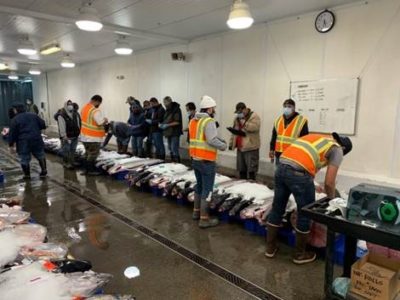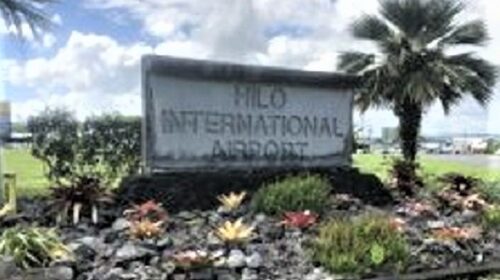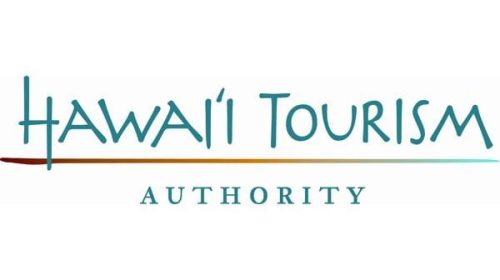Fish to Dish Assures Food Security
Honolulu Mayor Kirk Caldwell today announced a “Fish to Dish” program to ensure food security for the people of O‘ahu by supporting Hawai‘i’s longline fishing industry, the Honolulu Fish Auction, and the distribution of fresh fish to communities across the island. Total funds allocated for this program will be $2.615 million of the Coronavirus Relief Act.
“Our fishing community is feeling the economic strain of this pandemic like so many other industries on O‘ahu,” said Mayor Caldwell. “Hawai‘i’s longline fisherman provide a valuable source of food to our island, and fortifying this industry not only provides our community with some of the freshest fish in the world, but sets up a sustainable network to solidify our food security ahead of future disasters.”
The first objective of the “Fish to Dish” program is to lower production costs for Hawai‘i longline fishing vessels by providing $1.68 million to the Hawaii Longline Association (HLA) to help cover per trip costs for 140 active Honolulu based longline vessels. That amounts to around 10-15 percent of an individual vessel’s trip expenses. The funding is anticipated to cover 28 vessel landings per week for three months. Hawai‘i longline vessels operate year around and produce high-quality, ice-chilled tuna (ahi), billfish (swordfish, marlin), and open ocean fish (mahimahi, ono, opah, monchong) for consumption here in Hawai‘i and for export to the U.S. mainland. The Hawai‘i longline fleet is the largest food producer in the State of Hawai‘i, consistently landing over thirty million pounds of seafood annually, worth around $105 million in dock-side sales. Because of the Hawai‘i longline fishery, Honolulu Harbor consistently ranks in the nation’s top ten ports in terms of fisheries economic value (6th in 2018). Due to the impacts of COVID-19, Hawai‘i longline vessels have experienced around a 50% reduction in revenue over the last four months accounting to over $20 million dollars.
“HLA is grateful to Mayor Caldwell and his administration for throwing our fleet a lifeline, which is also an investment in support of O‘ahu’s long-term food security,” said HLA’s Executive Director, Eric Kingma, PhD. “The Hawai‘i longline fishery began in 1917 and has evolved to be a major industry based out of Honolulu Harbor, important for healthy food production and the local economy.”
An additional $275,000 would be used to maintain critical fish supply infrastructure by supporting the Honolulu Fish Auction (United Fishing Agency) for upgrades to deal with COVID-19 response. Some of the upgrades include the installation of an air purification system for the auction floor, hardware/software for an Automated Auction System to minimize exposure of buyers and auction workers, and retrofitting a freezer with modifications to increase the shelf life of fish along with installation of a “pop-up” preparation room to preserve the value of fish in depressed market conditions.
“Fishing has been and always will be a significant component of our island food production along with hunters, growers and ranchers,” added Brooks Takenaka, United Fishing Agency General Manager.
Lasty, $660,000 would be used to develop a Community Fish Distribution Program, the “Dish” portion of the project.
“Wild seafood and fishing is an essential food system in Hawai‘i,” said John Kaneko, Hawai‘i Seafood Council Program Manager. “This campaign will help preserve our ability to produce fish into the future while providing healthy meals with ocean fish to our kūpuna and others in need.”
In collaboration with local wholesale distirbution companies and the Hawai‘i Foodbank, the Hawai‘i Seafood Council will administer the purchasing and distribution of nearly 110,000 pounds of fish filets, enough for a total of 350,000 servings over five months.
#rebuildingtravel




